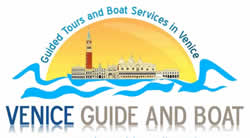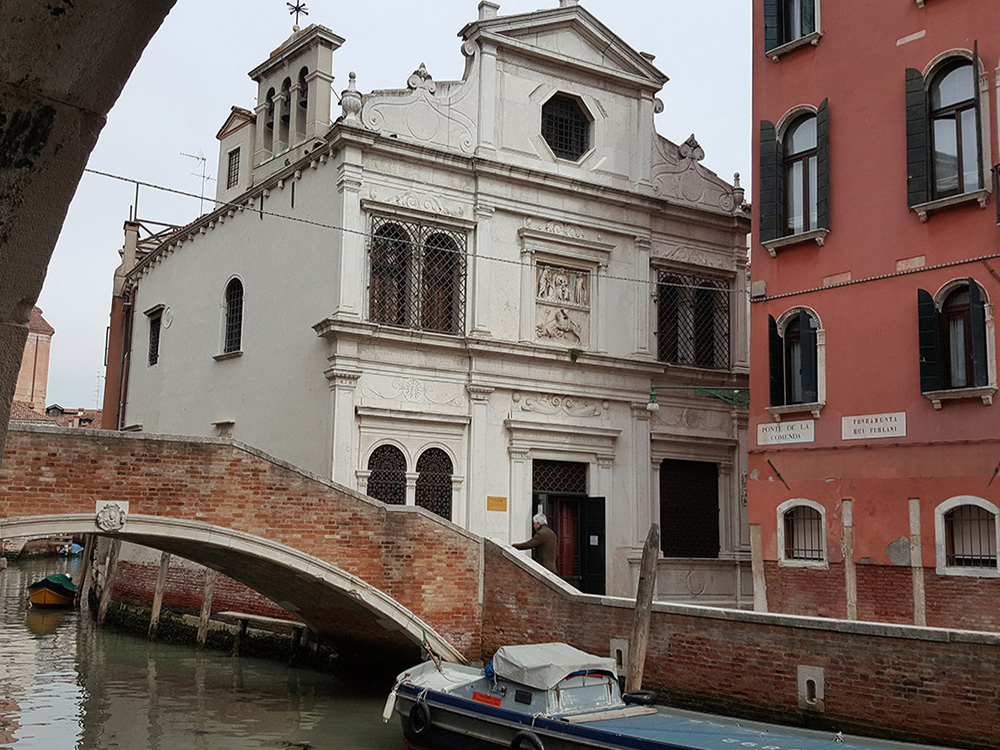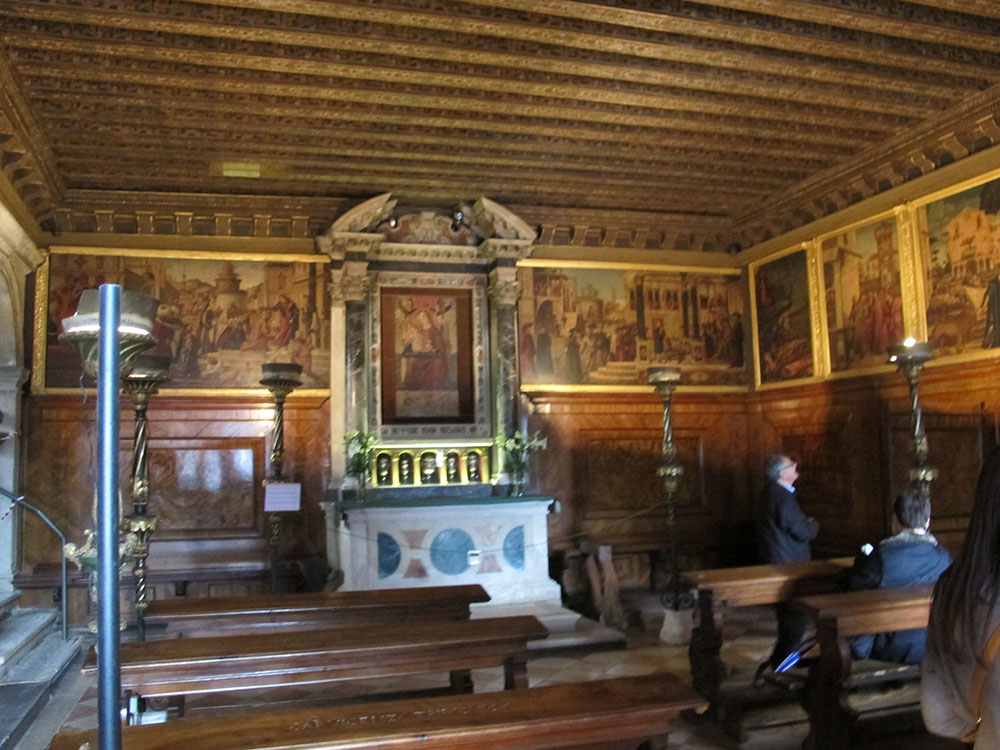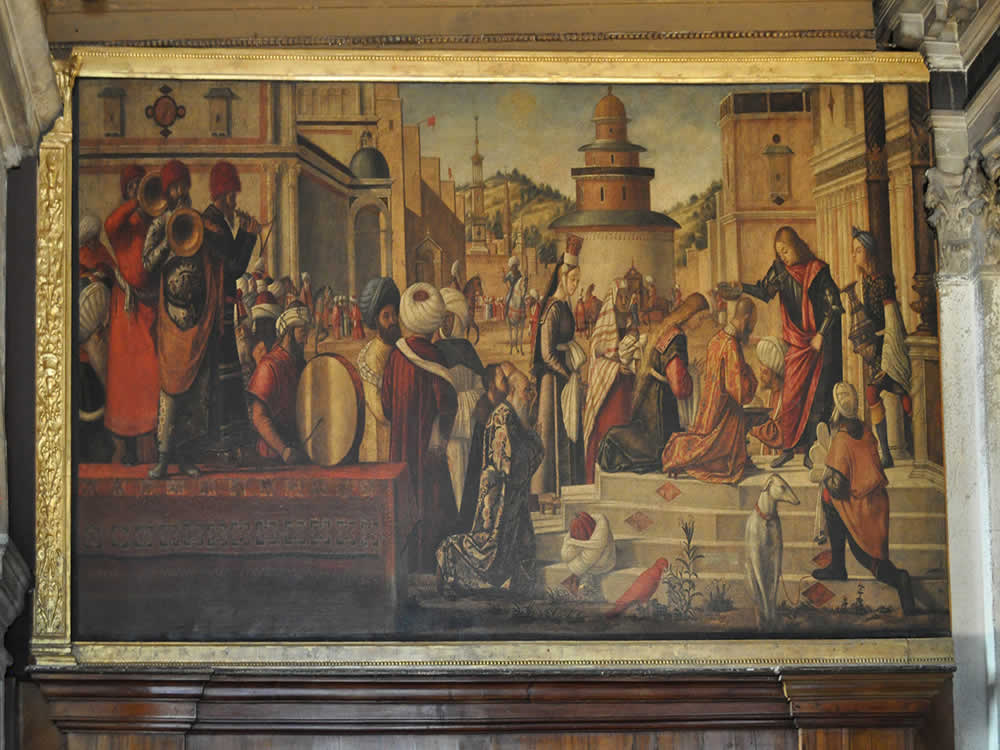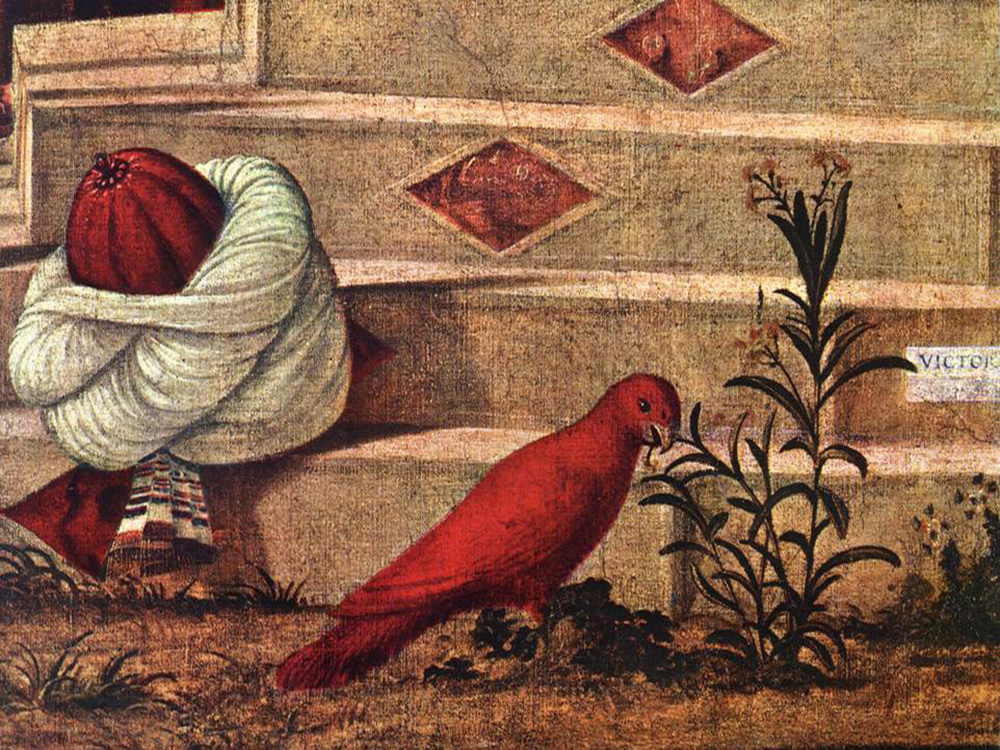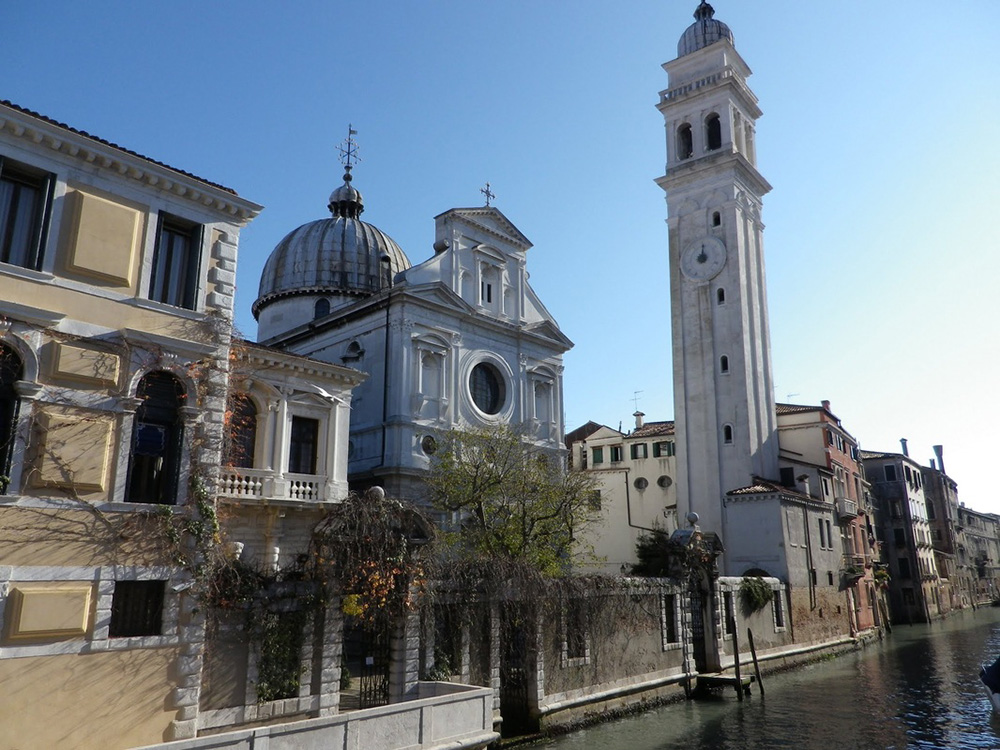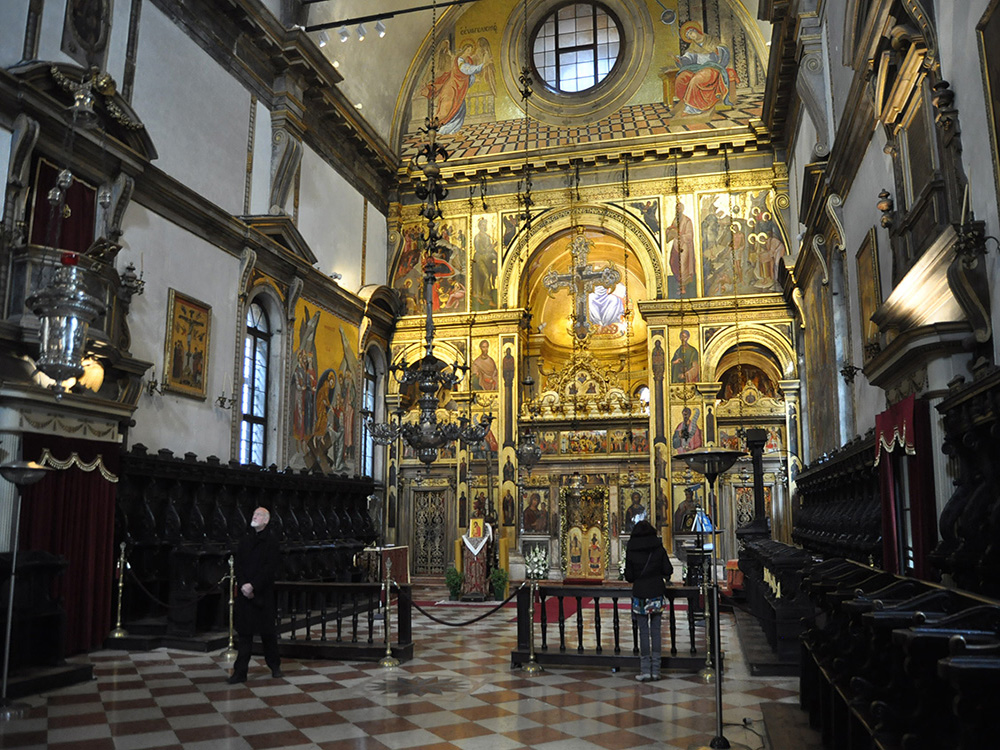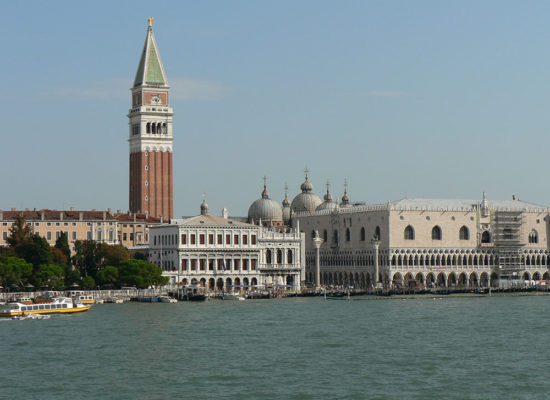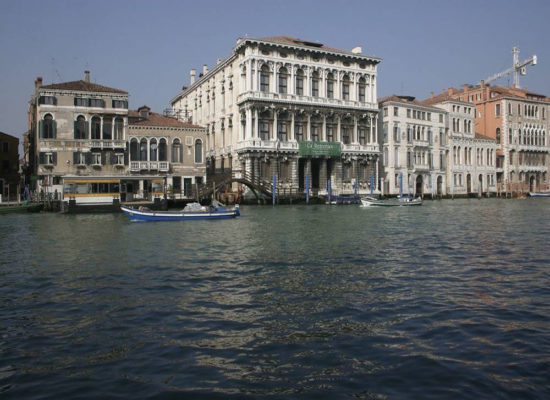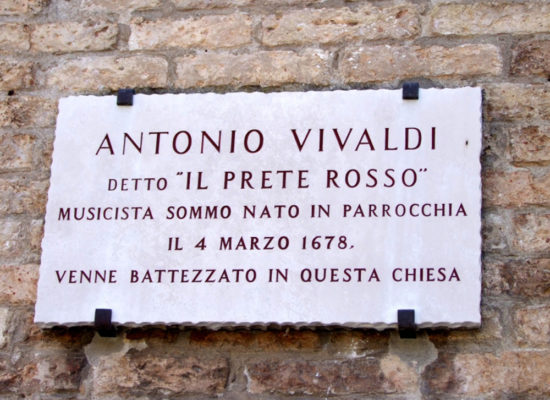Description
How many were the Foreigners in Venice in the past?
Venice was the centre of international trading and Foreigners in Venice were many since the earliest days. The Dalmatians were among the first to establish important trading relations with Venice. Soon the entire Eastern coastal region of the Adriatic sea fell under the control of the Republic of Venice. The Dalmatians living in Venice, known as “Schiavoni” (from Slavs), founded their headquarter in the district of Castello in 1451.
The Scuola dei Dalmati is one of the five fraternities survived to Napoleon’s abolitions, and it still preserves the lovely historical building decorated with one of the most interesting cycles of story-telling paintings by Carpaccio. The paintings concentrate on episodes from the lives of their three patron Saints, and are defined as “orientalist” because of the peculiar distinctly middle-eastern looking landscapes.
Another large community of foreigners in Venice was that of the Greeks. When Venice gained control over the islands of Corfu and Crete, following the fourth Crusade (1204), many Greek sailors and traders started to migrate to Venice.
With the fall of the Byzantine Empire in 1453 their number increased rapidly. At the end of the 15th C. they obtained the permission to build an Orthodox church, the oldest one in the West, and a new seat for their Scuola, which today contains the most precious collection of Icons in Western Europe.
DURATION: 2 hours
THE PRICE OF FOREIGNERS IN VENICE TOUR INCLUDES:
- the service of a certified tour guide
- admissions to the Scuola Dalmata
- admission to the Museum of Icons
